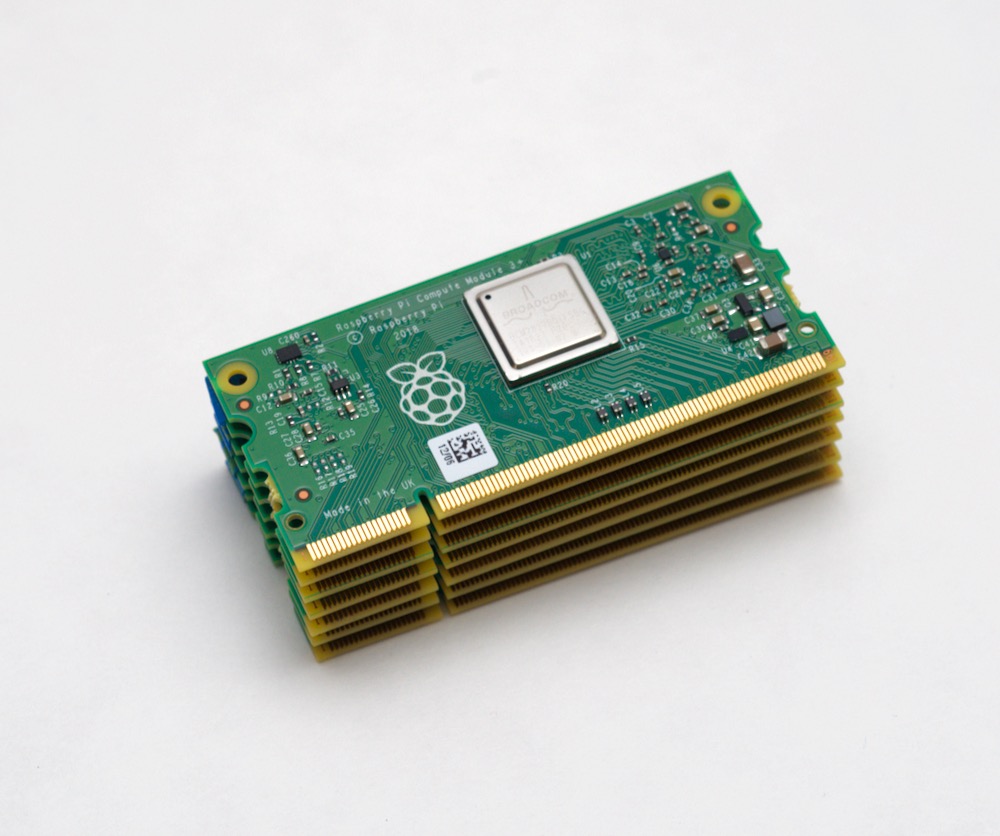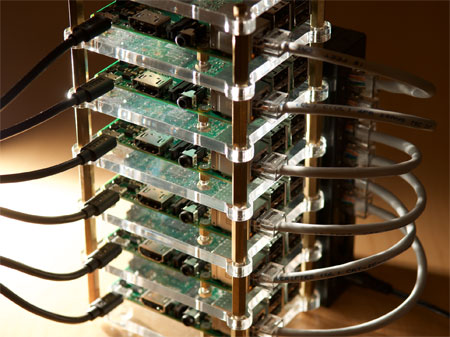Raspberry Pi Cluster Episode 2 - Setting up the Cluster
.embed-container { position: relative; padding-bottom: 56.25%; height: 0; overflow: hidden; max-width: 100%; } .embed-container iframe, .embed-container object, .embed-container embed { position: absolute; top: 0; left: 0; width: 100%; height: 100%; }This post is based on one of the videos in my series on Raspberry Pi Clustering, and I'm posting the video + transcript to my blog so you can follow along even if you don't enjoy sitting through a video :)
In the first episode, I talked about how and why I build Raspberry Pi clusters.
I mentioned my Raspberry Pi Dramble cluster, and how it's evolved over the past five years.

